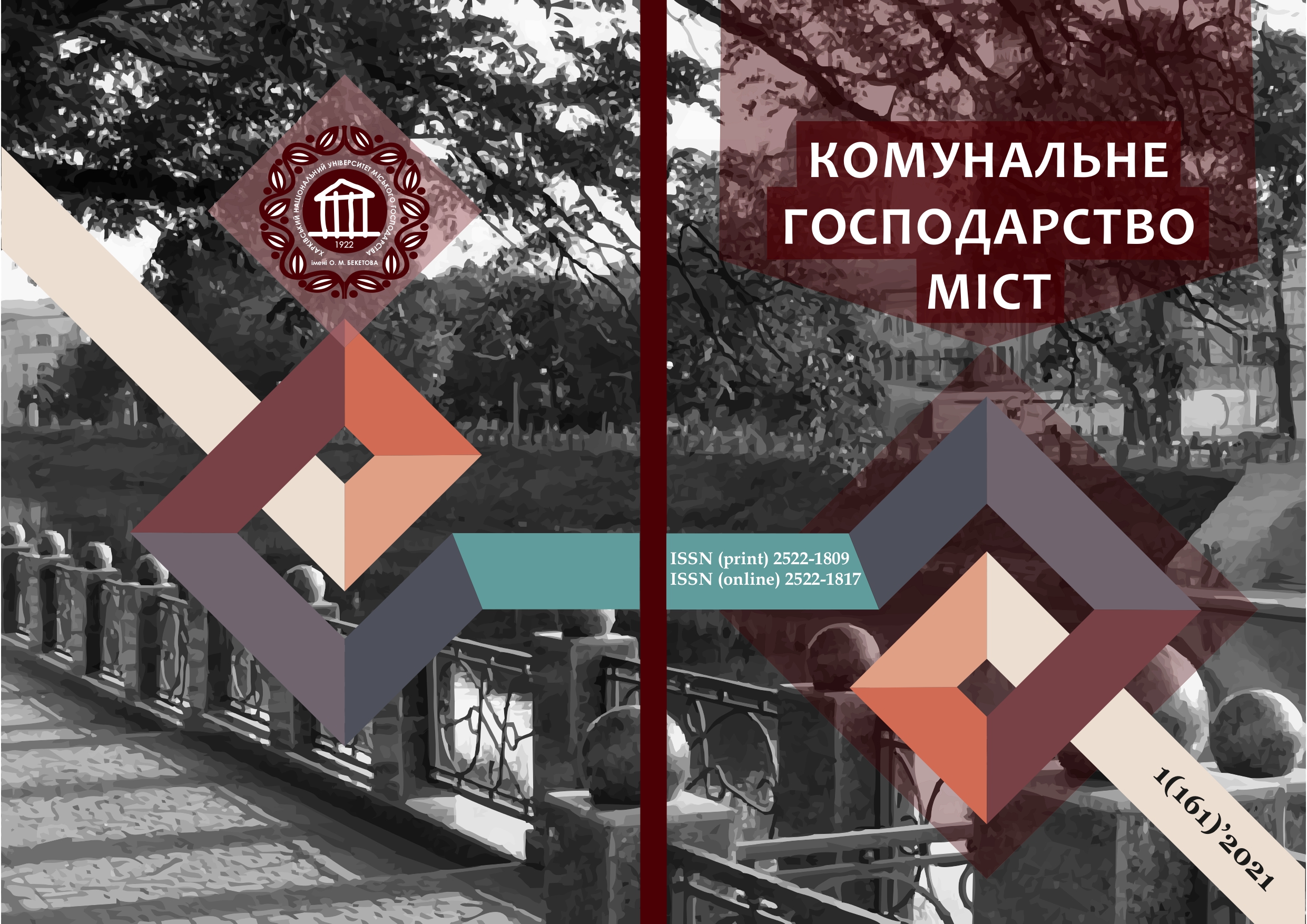ART AS A STUDY OF AESTHETICALLY INFORMATION IMAGE
Array
Keywords:
information theory, research, static cognition, art as cognition, human activity.Abstract
It is proved that aesthetic information is not identical with semantic or scientific information.
Semantic information should be understood as new knowledge (message, experience in the process of aesthetic perception) about the object. It can be expressed by objective methods in a certain system of knowledge.
In contrast, aesthetic information is new about the artist who conveys certain semantic information. Aesthetic information expresses the artist's relationship to the object he is reproducing.
It is considered that cognition is not only a description of an object and a process of transmission and processing of information. Cognition is also the application of methods of thinking and logical operations to identify, reflect an object and create an "image of reality" in the human mind. The study of their detection in science is the subject of the logic of scientific knowledge. However, human use of methods of thinking and logical operations in science and art are different. The logic of the aesthetic relation is still a great mystery, although in all the processes that take place in art, one can see a kind of discovery of the methods of logical thinking and mediation.
Thus, art as a study takes place within its individual types and genres, as happened, for example, with abstractionism in painting and music, which for almost a century experimented with the influence of various mixtures and relationships of color and sound on human perception; moreover, the Impressionist artists themselves often stated that the purpose of their work was to influence people through art and that the world around them was nothing but a combination of sounds, colors, light lines and shadows.
Art as research can be manifested clearly in any single process that takes place in art, but in a process that determines the work of an artist. Leonardo la Vinci had a holistic nature, but he often became a scientist only when he conducted his art studies with research accuracy and scrupulousness.
In the latter case, art is especially clearly transformed into its opposite - into science. The artist becomes a research scientist. He seeks to reproduce and study the process in art in more detail, and on the way to this goal he slowly deviates from the methods of artistic research, replacing them with the means and methods of scientific research.
The article investigates an attempt to apply information theory to the study of art as cognition. The division of information into semantic and aesthetic is applied.
The research function of art as its special side is revealed, and aesthetic cognition in this case is a part of aesthetic relation, where art as cognition is only a separate side of art as a kind of human activity.
References
2. Yu. A. Gusev. Some features of modeling artistic thinking. - M .: MEI, 1968.
3. Art. Lemm. Model of culture. "Questions of Philosophy", 1968. - № 8.
4. History of aesthetics. Monuments of world aesthetic thought. - T. III. - M .: "Art", 1967.
5. K. Marx and F. Engels on art. - T. 1. - M .: «Iskusstvo», 1967.
6. LG Yuldashev. Aesthetic sense and works of art. - M.: "Thought", 1969.
7. Ikonnikov AV Art, environment, time. - Moscow: "Soviet artist", 1985.
Downloads
Published
How to Cite
Issue
Section
License
The authors who publish in this collection agree with the following terms:
• The authors reserve the right to authorship of their work and give the magazine the right to first publish this work under the terms of license CC BY-NC-ND 4.0 (with the Designation of Authorship - Non-Commercial - Without Derivatives 4.0 International), which allows others to freely distribute the published work with a mandatory reference to the authors of the original work and the first publication of the work in this magazine.
• Authors have the right to make independent extra-exclusive work agreements in the form in which they were published by this magazine (for example, posting work in an electronic repository of an institution or publishing as part of a monograph), provided that the link to the first publication of the work in this journal is maintained. .
• Journal policy allows and encourages the publication of manuscripts on the Internet (for example, in institutions' repositories or on personal websites), both before the publication of this manuscript and during its editorial work, as it contributes to the emergence of productive scientific discussion and positively affects the efficiency and dynamics of the citation of the published work (see The Effect of Open Access).

